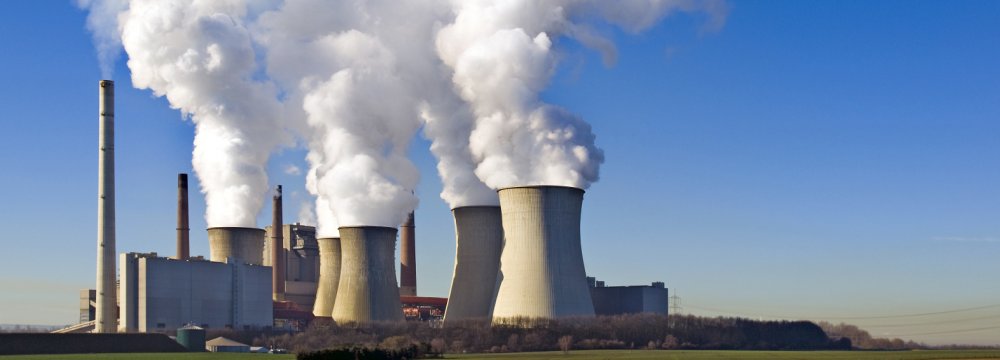Improving indoor air quality isn’t just about getting rid of dust and allergens. Volatile organic compounds (VOCs) from cleaning products, paints, pesticides, and furniture can linger in the air for months, affecting health and air quality. That’s where activated carbon air purifier filters come in. Trapping harmful gases at a molecular level is one of the most effective VOC solutions for homes, offices, and industrial spaces.

From eliminating pet odors to reducing mold spores and toxic fumes in factories, activated carbon filters play a crucial role in improving indoor air. But how do they work, and what’s the best way to use them? Let’s explore how activated carbon filtration facilitates chemical VOC removal and how to choose the right filtration system.
Thousands of types of chemicals, solids, and liquids used in most industries emit potentially harmful volatile organic compounds. According to the U.S. Environmental Protection Agency (EPA), levels of VOCs can be up to ten times higher indoors than outdoors. The risk to health depends on the level and length of exposure to airborne pollutants. But how much is too much?
Regulatory bodies define VOC exposure limits based on parts per million (ppm) or milligrams per cubic meter (mg/m³). Here’s a general guideline from the Annals of Global Health:
Scientists say that long-term exposure to VOCs can lead to respiratory, neurological, and immune system effects. Therefore, effective air filtration systems are crucial for keeping employees safe in the workplace.
It’s possible to activate carbon by placing raw materials—wood, coconut husks, coal—in a tank without oxygen and heating it to over 900°C (1,652°F). This creates a highly porous structure that traps airborne pollutant particles like a sponge in water as they pass through. The effectiveness of VOC removal depends on factors like type of carbon, pore size, and surface area.
To maintain efficiency, activated carbon filters must be replaced or regenerated before saturation occurs. Factors like humidity, temperature, and VOC concentration affect performance. Properly engineered filtration systems ensure compliance with air quality regulations, protecting workers from long-term VOC exposure.
Related reading: What to look for when sourcing activated carbon filtration solutions.
Active carbon filters offer an effective air purification solution for many heavy industries. In fact, any industry that produces odors and hazardous gases benefits from charcoal filters, such as the manufacturing or chemical processing industry.
However, the effectiveness of activated carbon depends on choosing the right type of carbon air purifier for the application. This ensures maximum adsorption efficiency and compliance with air quality standards. Here are a few examples:
In some industries, the most effective types of air filters use activated carbon in combination with particle air filtration to remove a wide range of pollutants and airborne particles from the air.
Activated carbon air purifiers are among the most effective solutions for improving indoor air quality in industrial and residential settings. Unlike HEPA air purifiers that only capture air pollutant particles, carbon filters remove airborne chemicals from the air. This enables companies to ensure workplaces meet strict air quality regulations.
In addition to health benefits, scientific studies on the benefits of activated air purification systems show that large industries benefit financially from installing active carbon air filters. These include:
Maintaining clean indoor air free from chemical fumes isn’t just about compliance—it’s about protecting workers, equipment, and operations. Activated carbon filtration is the most effective solution for VOC removal, emissions control, and long-term cost savings in industrial processes.
Need expert guidance?
Contact AsiaCarb today — your best activated carbon supplier to get expert advice on air filtration and air quality solutions tailored to your industry.